14 Things Experienced Cruisers Know—Plus 3 Rules Everyone Must Obey

Setting sail for the first time? You’re in for an unforgettable adventure—but let’s be honest, cruise life has its quirks. From figuring out what to pack (yes, bring that power strip!) to mastering embarkation day like a seasoned traveler, cruising is a whole different travel rhythm.
Luckily, once you know the flow, it’s smooth sailing—literally. In this guide, I’ve rounded up tried-and-true tips that veteran cruisers swear by—plus three crucial rules you should never ignore.
Want to avoid rookie mistakes, save money onboard, and make the most of every port day? Then hop aboard, and let’s cruise smart from the very start!
1. Book shore excursions early

Popular excursions fill up fast, sometimes months before sailing! I learned this lesson the hard way when my family missed swimming with stingrays in Grand Cayman because we waited until onboard to book.
Most cruise lines open excursion bookings as soon as you’ve paid your deposit. Booking early not only guarantees your spot but often saves money compared to last-minute or port prices. For the most sought-after experiences like private cabanas or limited-capacity adventures, early booking is essential.
Pro tip: If you change your mind, most cruise lines allow cancellations up to 24-48 hours before arrival with a full refund.
2. Always carry your ship card

Your cruise card is basically your lifeline while sailing. This little plastic rectangle functions as your room key, payment method, and identification all rolled into one. Without it, you can’t get back on the ship after exploring ports!
I keep mine in a lanyard around my neck during sea days and in a secure pocket when in port. Some experienced cruisers bring a hole punch to make wearing it more convenient.
If you lose your card, head to guest services immediately. They’ll deactivate the old one and issue a replacement, though you might face a small fee depending on the cruise line.
3. Avoid the buffet on embarkation day

Embarkation day creates a perfect storm at the buffet—hungry passengers all board within hours of each other and head straight for food. The result? Overwhelming crowds, long lines, and difficulty finding seating.
Smart cruisers know alternative dining venues are typically ghost towns by comparison. Check your ship’s app or daily planner for other options like the main dining room, which often serves a relaxed lunch on boarding day with table service and no crowds.
If you must hit the buffet, wait until later in the afternoon when most passengers are exploring the ship or unpacking. You’ll enjoy a much more pleasant first meal experience!
4. Pack a carry-on for day one

Your checked luggage might not reach your cabin until evening on embarkation day. I always pack a small bag with essentials I’ll need immediately: swimsuit, medications, sunscreen, and a change of clothes.
This strategy lets you start enjoying the ship’s amenities right away instead of waiting for your main luggage. The pools and hot tubs are usually emptiest that first afternoon while everyone else is waiting for their swimwear to arrive!
Don’t forget to include any must-have items for dinner in case your luggage is delayed. Cruise ships often have their first elegant night early in the sailing, and you don’t want to miss it because your formal clothes haven’t arrived.
5. Check daily activity schedules
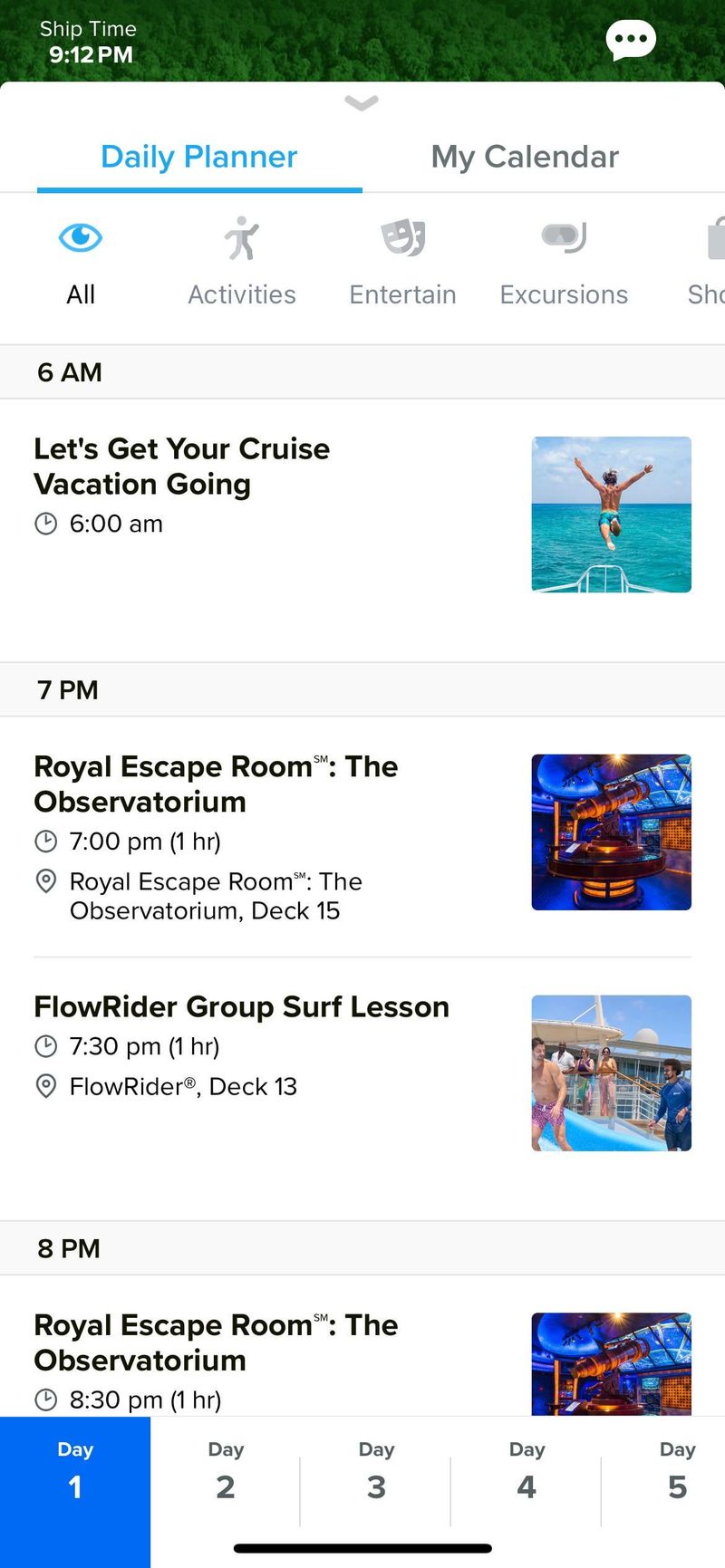
Each morning, a fresh schedule appears with dozens of activities happening throughout the day and evening. Missing this crucial information means potentially overlooking amazing events you’d love!
Modern ships offer this schedule through their app, while others still deliver a paper copy to your stateroom each evening. I mark my must-do activities first thing each morning and plan my day accordingly.
Many of the best activities—like galley tours, bridge visits, or special performances—happen just once per cruise and require advance sign-up. Without checking the schedule early, you might miss the registration window entirely. Set a morning reminder to review what’s happening!
6. Use the stairs to skip elevator waits
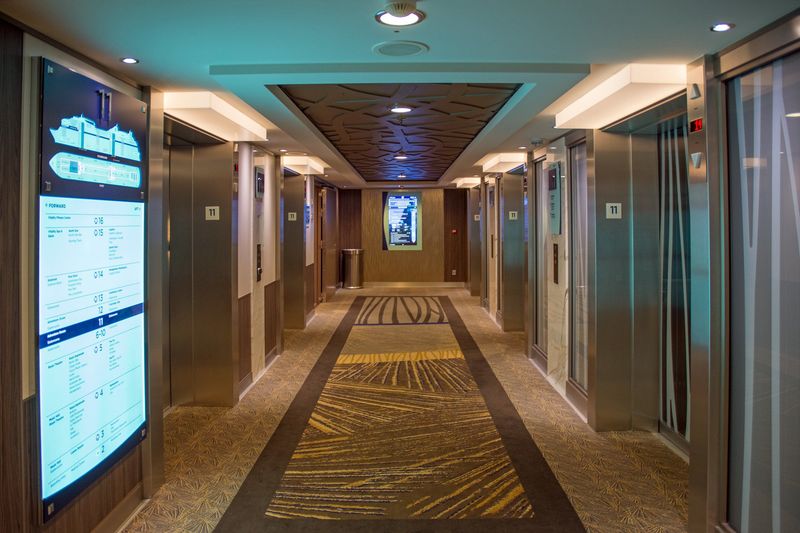
Elevator lobbies become bottlenecks, especially after shows end or during peak dining hours. Sometimes you’ll wait through multiple packed elevators before finding space—wasting precious vacation time!
Taking the stairs instead keeps you moving and helps burn off some of those buffet calories. Most ships have beautifully decorated stairwells with artwork or themes that change by deck, making the climb more interesting.
If mobility issues make stairs challenging, plan around peak times. I’ve found that elevator waits are shortest mid-afternoon or late evening. Another trick: walk up or down one deck to catch elevators where they’re less crowded, especially after theater performances when everyone leaves from the same level.
7. Don’t overpack—laundry is available

Cabin storage space is surprisingly limited on most ships. Overpacking creates unnecessary stress as you struggle to find places for everything in your tiny floating hotel room.
Most cruise ships offer laundry services, either self-service facilities or full-service options where staff clean your clothes. Many lines even run special laundry promotions mid-cruise, offering to wash a full bag of clothes for a flat rate.
For a seven-day cruise, I pack just 3-4 outfits plus formal wear and swimsuits. Quick-dry fabrics work best, and neutral colors let you mix and match. This approach leaves room in your luggage for souvenirs and makes unpacking at home much easier!
8. Arrive at the port a day early
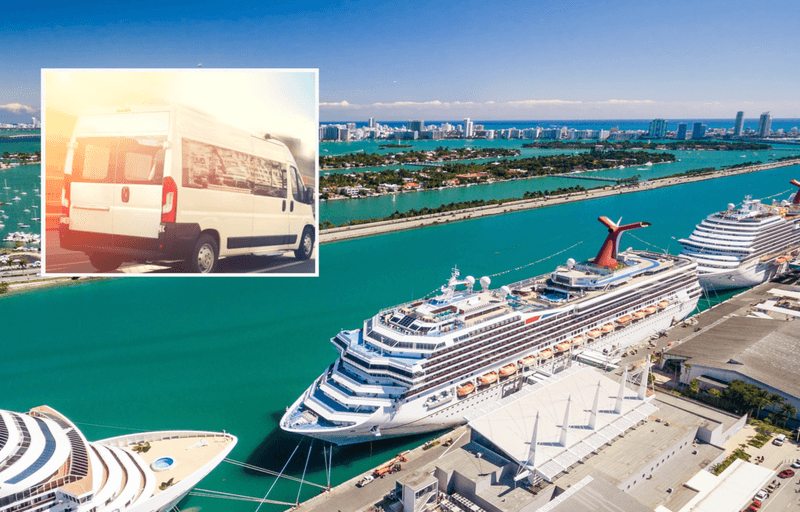
Flight delays, traffic jams, or bad weather can derail your cruise before it begins if you cut timing too close. Ships won’t wait if you’re running late—they operate on strict schedules regardless of passenger circumstances.
Arriving the day before eliminates this stress entirely. I book a hotel near the port and enjoy exploring the departure city as a bonus mini-vacation. Many hotels offer cruise packages with transportation to the terminal included.
This buffer day also helps adjust to time zone changes before boarding. You’ll start your cruise well-rested instead of exhausted from travel. Consider it insurance against missing the ship—well worth the cost of an extra hotel night!
9. Bring magnetic hooks for extra storage

Here’s a secret most first-timers don’t know: cruise ship cabin walls are made of metal! This means magnetic hooks stick perfectly to walls and doors, instantly creating additional storage space for hats, bags, and clothing.
I pack a dozen strong magnetic hooks in different sizes. They’re perfect for hanging wet swimsuits in the shower to dry or creating a place for tomorrow’s outfit. Some cruisers even bring magnetic dry-erase boards to leave notes for cabin mates.
The strongest hooks can hold several pounds, making them perfect for heavy bathrobes or backpacks. Just remember to remove them before disembarkation—they’re easy to forget since they blend into the decor after a few days!
10. Watch for onboard sales mid-cruise
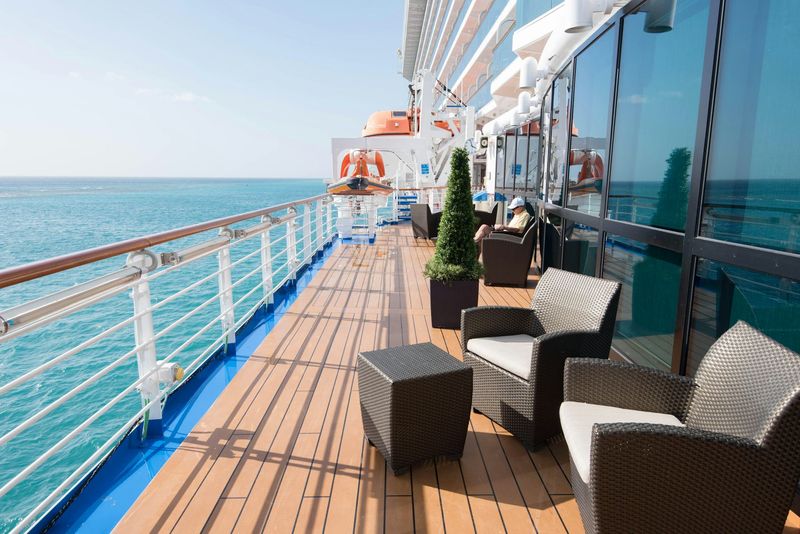
Cruise lines often slash prices on merchandise, spa treatments, and specialty dining as the voyage progresses. These flash sales rarely appear in the daily schedule and are announced via overhead announcements or small signs.
The spa typically offers its best deals on port days when business is slower. I’ve scored 50% off treatments by booking during these special promotions rather than on sea days.
For shopping, watch for mid-cruise sidewalk sales in the promenade areas. They usually happen around day 3-4 of a 7-day cruise, with significant discounts on logo merchandise, jewelry, and duty-free items. The last-night “clearance” sales offer the deepest discounts but with limited selection.
11. Tip crew members directly for great service

While automatic gratuities cover basic service, extraordinary efforts deserve special recognition. Direct cash tips create meaningful connections with crew members who work incredibly hard to make your vacation special.
Your room steward, favorite bartender, or exceptional waiter will genuinely appreciate the gesture. These crew members often work 10-12 hour days, seven days a week, for months at a time, with much of their income coming from tips.
Even $5-$10 can make someone’s day when given with sincere thanks. I’ve found that recognizing exceptional service early in the cruise often leads to even more attentive service throughout the voyage. Plus, you’ll likely see familiar friendly faces if you cruise that line again!
12. Download the cruise app in advance
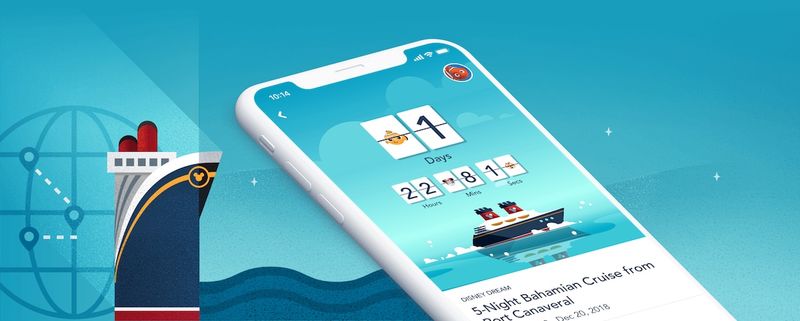
Most major cruise lines now offer dedicated smartphone apps that transform your onboard experience. These apps work without buying internet packages, using the ship’s internal wifi network instead.
Downloading before departure ensures you’re ready as soon as you board. The app typically shows deck plans, real-time account balances, daily schedules, and restaurant menus. Some even let you make dining reservations or chat with travel companions without roaming the ship to find them.
My favorite feature is the digital boarding pass functionality—you can complete check-in at home and breeze through embarkation. Just remember to put your phone in airplane mode once onboard, then connect only to the ship’s wifi to avoid accidental roaming charges!
13. Try specialty dining on less busy nights
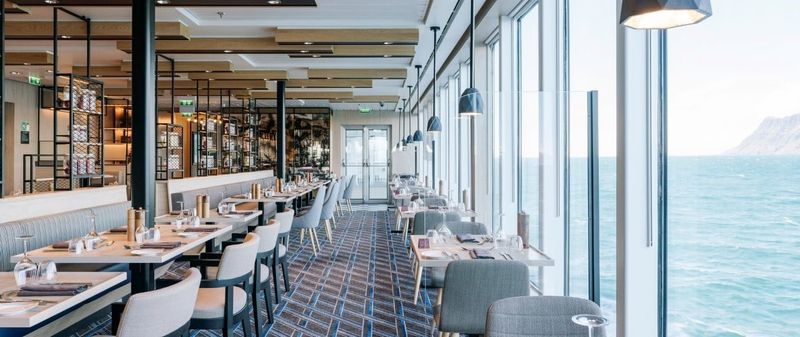
Those premium restaurants onboard offer the best food experiences, but timing your visit strategically enhances the experience. Formal nights and sea days see the highest demand for specialty dining, creating rushed service and noisy atmospheres.
Port evenings are perfect for specialty restaurant visits. Many passengers eat early or stay in port for dinner, leaving these venues delightfully uncrowded. Your service will be more attentive, and the kitchen less rushed.
Another insider tip: book for later in the cruise when these restaurants often offer discounts to fill empty tables. I’ve received 30% off or complimentary wine by booking specialty dining for the last two nights of the voyage when they’re trying to use remaining inventory.
14. Keep important documents on you

Never leave your passport, ID, or ship card unattended in port areas. Thieves specifically target cruise passengers who are obvious tourists carrying valuable documents.
I use a slim, under-clothing document holder that stays hidden beneath my shirt when exploring ports. It holds my passport, ship card, and a backup credit card. This system keeps essentials secure while leaving bulky items in the cabin safe.
Some ports require original passports for entry, while others accept photocopies or just your ship card. Research requirements before your cruise and plan accordingly. Taking photos of important documents and emailing them to yourself creates an emergency backup if originals are lost or stolen.
15. Muster drill is mandatory (must obey)
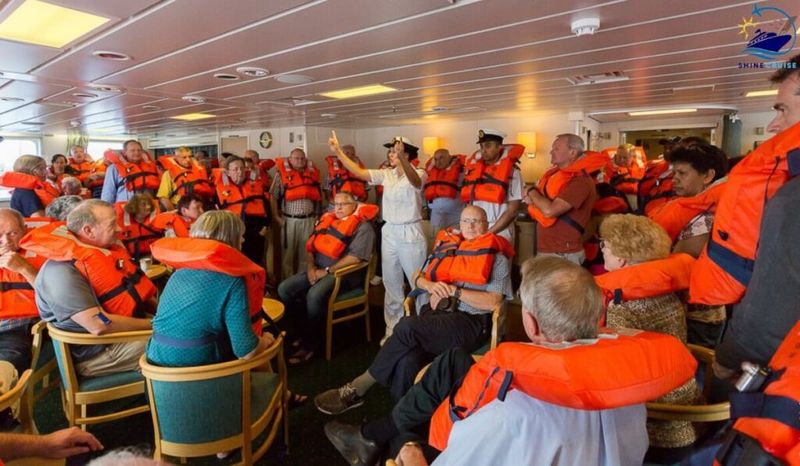
This safety briefing cannot be skipped under any circumstances—it’s required by maritime law. The drill teaches you where to go and what to do during an emergency at sea.
Modern cruise lines have streamlined this process considerably. Many now offer electronic muster drills where you watch a safety video on your phone or cabin TV, then visit your muster station to check in. Your attendance is tracked electronically through your ship card.
Attempting to skip the drill can result in serious consequences, including potential removal from the ship! The crew counts every passenger meticulously. Even if you’ve cruised dozens of times before, each ship has different procedures and evacuation routes that you need to know.
16. Be back onboard before final call (must obey)

Ships operate on precise schedules coordinated with port authorities, fuel needs, and sailing distances. When the captain announces “all aboard at 5:30,” that’s a hard deadline—not a suggestion.
Ships will leave without you if you’re late returning from port. I always set multiple alarms on port days and aim to return at least one hour before the all-aboard time. Weather, traffic, or transportation issues can create unexpected delays.
If disaster strikes and you miss the ship, immediately contact the cruise line’s emergency number (keep it written down separately from your phone). You’ll need to arrange your own transportation to the next port at your expense—often costing thousands of dollars for flights, hotels, and transfers.
17. Don’t ignore health protocols (must obey)
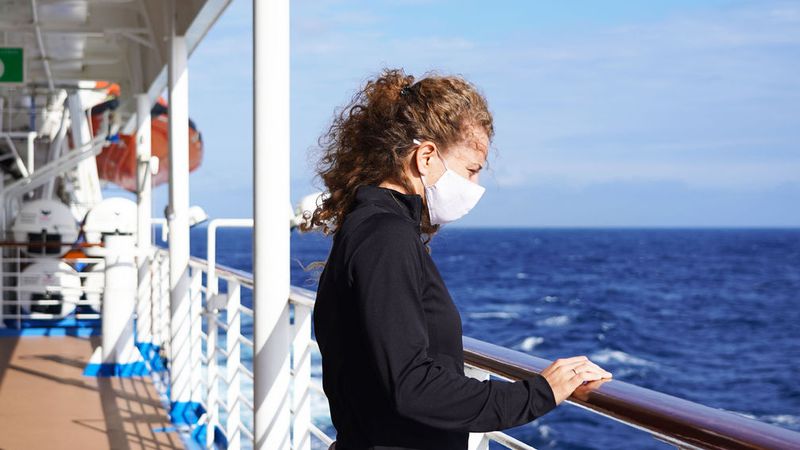
Cruise ships are essentially floating cities where illnesses can spread rapidly among thousands of passengers in close quarters. Health protocols exist to protect everyone onboard from potentially serious outbreaks.
Hand washing and using sanitizer stations throughout the ship aren’t just suggestions—they’re essential practices. If you notice increased cleaning activities or changes to buffet service, it signals the crew is actively preventing illness spread.
If you develop symptoms like fever, vomiting, or diarrhea, report them immediately to the medical center. While nobody wants to be quarantined on vacation, hiding symptoms puts vulnerable passengers at risk. The ship’s doctor can provide treatments that might get you back to enjoying your cruise faster.
